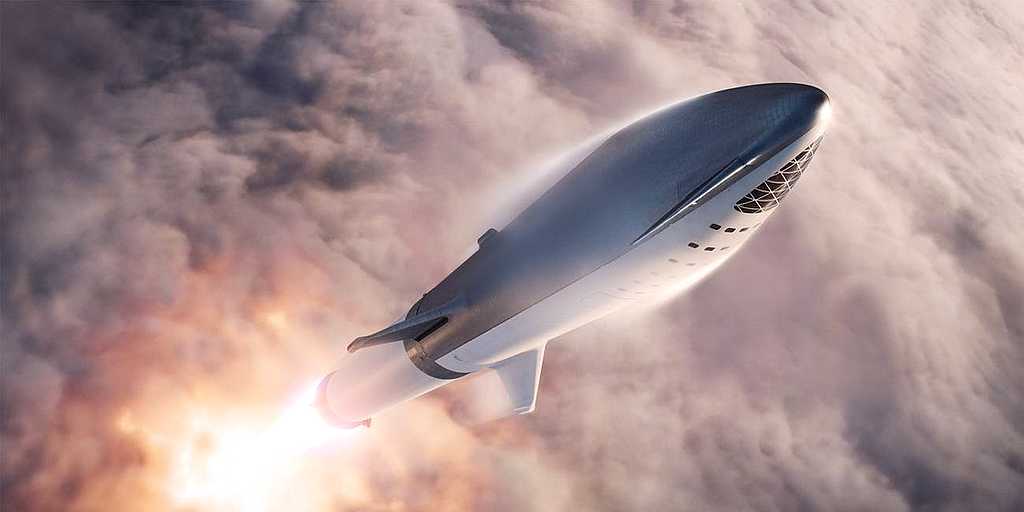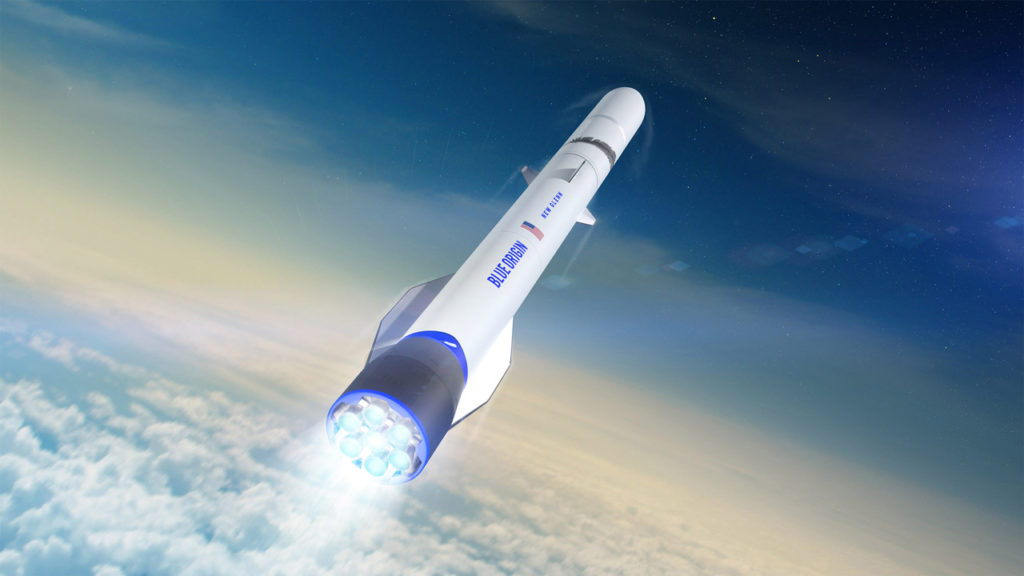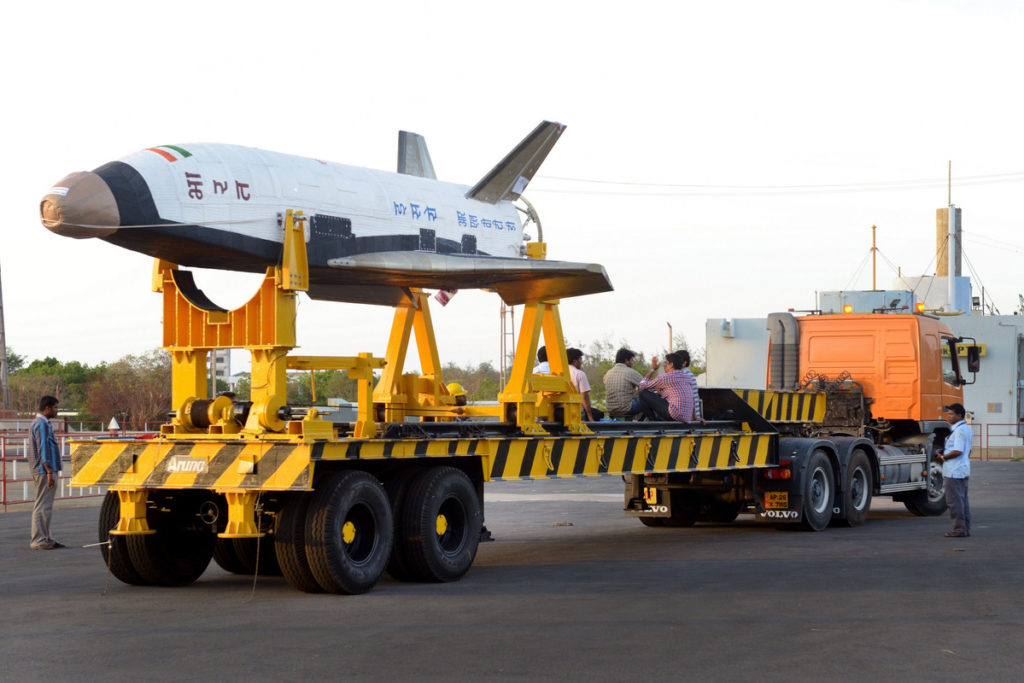Let’s talk about the future of space industry first let’s talk about SpaceX Blue Origin and ISRO but before I start let me explain why these three entities are chosen to represent the space industry one word reusability all of them have ambitious plans to build reusable rocket in the coming decade and they have at least started testing their technology SpaceX BFR Blue Origin Blue Origin and ISRO reusable launch vehicles among them.
SpaceX leading the way as the only company that has proven experiences in reusing parts of a rocket Blue Origin lags behind with multiple vertical ascent and landing tests and finally ISRO has successfully completed testing its reusable launch vehicle in 2016.
Although the European Space Agency and the Russian Roscosmos and the Chinese national space agency all had plans to venture into the reusable rocket launch market none of them have started testing prototypes like Israel or has already mastered reusable technology like SpaceX so with this in mind let’s focus on these three companies first and hopefully we can have some idea as to what it really means to be a rocket company in the 21st century.
What is SpaceX’s BFR?
SpaceX is the first one to work on reusable launch systems established in 2002 it has achieved over 90+ launches and 50 landings so far in fact it is the only engineering company in the world that has complete data sets for landing Rockets vertically this is extremely important in aeronautics as it makes SpaceX the only company who knows what to avoid when landing rockets from hypersonic speed.
Over the years space access developed falcon reusable launch family which consists of two extremely capable launch vehicles falcon 9 and falcon heavy if industry experts can legitimately question SpaceX inexperience and safety in 2014 those claims are completely gone just four years later it’s amazing how fast an industry is came through they put you guys into the historical perspective back in 2008 no one would believe a private company with a hundred million dollars out of its founders pocket to successfully develop reusable launchers.
For NASA it took a hundred and ninety six billion dollars to support reusable space shuttle only to abandon it in 2011 because of the two disasters that costed 14 of our astronauts lives if NASA can’t make reusable rockets work with a hundred and ninety six billion dollars.
What advantage does SpaceX have that could guarantee its own success however SpaceX proved everyone wrong with its actions precisely because of the limited resources in its hostile spirit SpaceX is now the most successful entrepreneur in the world 18 launches in 2017, 20 launches in 2018, 11 launches by 2nd quarter of this year 2020 in which they launched the most anticipated mission CREW DRAGON DEMO-2 carrying veteran NASA astronauts Bob Behnken and Doug Hurley. Behnken will serve as the mission’s joint operations commander while Hurley is Crew Dragon spacecraft commander.

SpaceX is changing the launch industry at a speed no one has experienced before its innovative entrepreneurial spirit is I think at the core of its success but this is not all it turns out SpaceX ambition is not to dominate the launch industry but to make human species multiplanetary.
To do that an even more ambitious launch vehicle need to be built enter the big Falcon rocket it’s a huge spaceship that rivals set on five in terms of capability but only cost a few million dollars per launch the BFR is completely reusable like a Boeing 747 with the most recent updates BFR will have a launch capability of over a hundred tons which comfortably puts BFR on top of the chart in terms of capability this makes SpaceX a strong contender for the future of space.
What is Blue Origin’s New Glenn?
The closest competitor of SpaceX in my opinion is Blue Origin although there are admittedly years apart in terms of their capability the origin does have to trump cards the first one is money the origin is founded by Jeff Bezos the founder of Amazon whose net worth is over a hundred and fifty five billion dollars to put his wealth into perspective he’s now 56 years old in he lives for another 50 years he can spend three billion dollars a year on Blue Origin and leave his kids five billion dollars when he passes away three billion dollars is equivalent to the entire budget of the Chinese space agency and almost twice the budget of Indian Space Research Organization.
Therefore money is not a problem for Blue Origin this is a luxury SpaceX didn’t have when it started however having too much money is not necessarily a good thing it has killed startups before that’s why the second trump card is extremely important for Blue Origin its leadership Jeff Bezos himself being the most successful businessman in the world his vision of Amazon has taken the company from a small online bookstore to the tech giant it is now he knows what kills a company he knows what helps a company succeed therefore under the leadership of Jeff Bezos Blue Origin will prove itself to be a strong contender for the future of space.

BE-4 engine for example our 2.5 times as powerful as Merlin engines currently used on Falcon 9 it is not to say that BE-4 is better than Merlin of course but it does exemplify Blue Origins current level of capability because engines are arguably the hardest part of building a rocket therefore with these two trump cards Blue Origin is also a strong contender for the future of space.
What is ISRO’s RLV?
The third vehicle for the future of space is ISRO the Indian Space Research Organization. ISRO is a very interesting organization it’s a government organization unlike the previous two I’ve mentioned but it’s also at the same time very cost-conscious and result-oriented considering its budget of 1.7 billion dollars a year it’s pretty amazing to have achieved what it achieved successful Mars orbital mission on the first try 104 satellites in a single launch to space.

ISRO plan to develop reusable launch vehicles must be taken seriously as it’s known to be very efficient in 2016 RLV’s prototype was successfully launched and very valuable data was collected has a design similar to the space shuttle it lands horizontally and it has a huge valley covered with heat-resistant material for high-velocity reentry and landing this reusable design will bring down the cost per launch significantly.
But will also limit our Elvis use cases to earth unlike the previously mentioned companies this design will not work on the moon or on Mars as there is no runway or atmosphere on Mars for winged horizontal landing but this does align with is our O’s objective which is to save cost be audacious but also at the same time be practical ISRO has a perfect track record in its past endeavors it’s a strong contender for the future of space as well so whose technology will represent the future of space.
SpaceX with the biggest rocket in the world Blue Origin with the deepest pocket or Israel a surprisingly efficient and capable government agency well the answer is obviously it depends if we’re talking about the biggest rock is in the world SpaceX definitely takes a crown but this cannot discount Israel’s impressive achievement with such little resources not to mention that it’s a government agency so the more useful question to ask is what does it really mean to be a rocket company in the 21st century.
Additional Resources:
